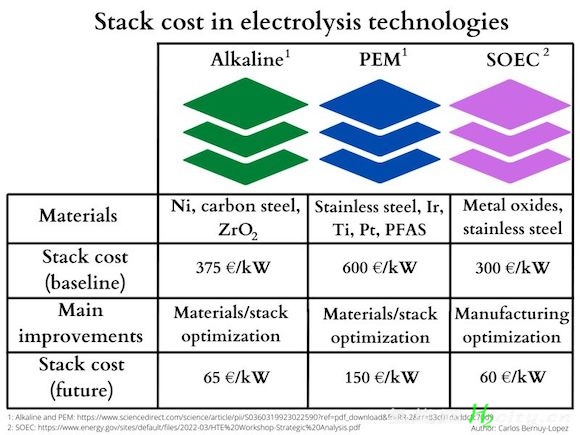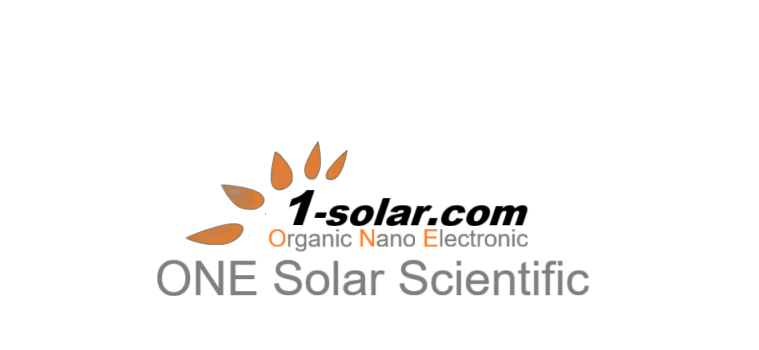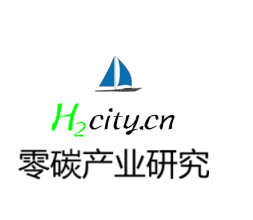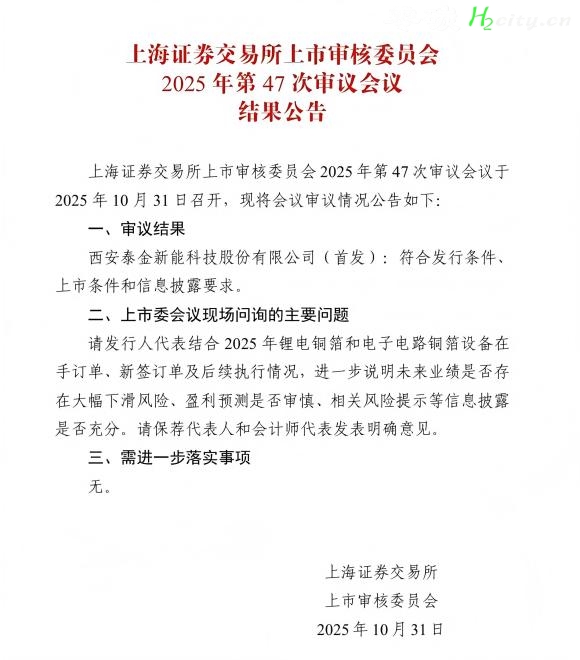To finish 2023, I would like to share with you two very nice works talking about the stack costs in electrolysis technologies. Look for them in the comments but in the graph and as follow you have my take on them.
The differences in cost between the different electrolysis technologies comes from two factors: raw materials and manufacturing of these stacks. Despite the relatively high cost of electrolysis stacks, we will have a decline in those stacks due to different factors depending on the technology:
✔ Alkaline. Improve materials will allow us to have larger stacks. Decrease of the use of Ni as well as improved electrode performance to run the stack at higher current densities will lead us to cheaper stacks.
✔ PEM. As in the alkaline case, the improvement of material performance will lead us to higher current densities. Likewise, the decrease of the catalyst loading of Ir and Pt and the less need of expensive protective coating will allow us to reach lower costs.
✔ SOEC. Together with some material performance that will lead to an increase of the stack size, the larger effect in this technology will come by more cost-effective manufacturing processes. Optimization of both cell and interconnect manufacturing will be key to this cost reduction.
In conclusion, these studies show us that there is hope to obtain very cost-effective electrolysis stacks. However, important investments will be needed to fulfil them. Both Research and Development (R&D) and manufacturing investments will be equally important to get us to the final line of producing green hydrogen cost-competitively.

平台声明:该文观点仅代表作者本人,零碳未来网 系信息发布平台,我们仅提供信息存储空间服务。








发表评论 取消回复